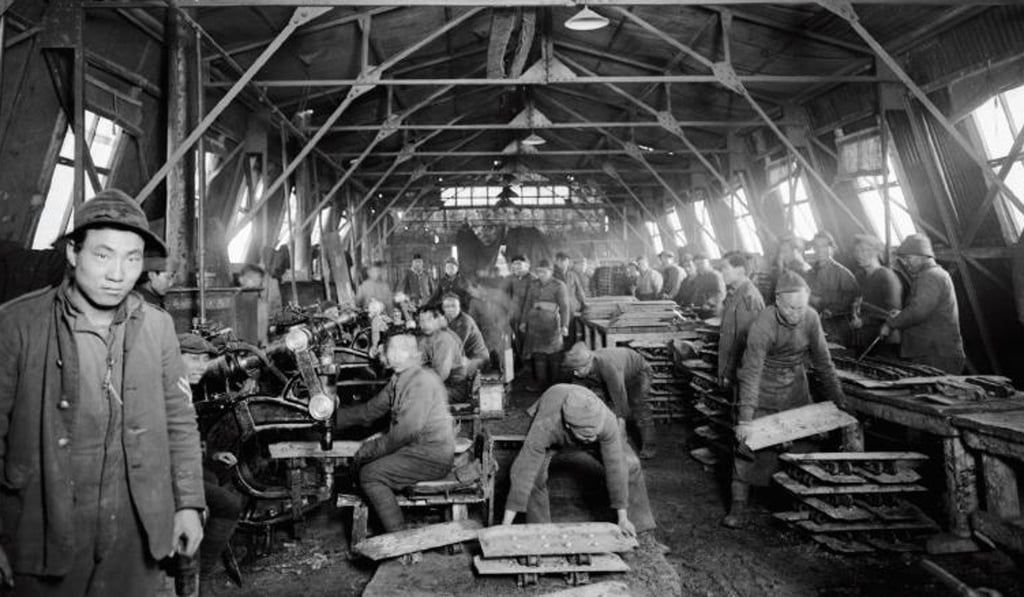Advertisement
Chinese Labour Corps’ service in first world war has not been forgotten by Europe
Reading Time:1 minute
Why you can trust SCMP

For the last four years, the Bradford WW1 Group (Yorkshire, UK) has been commemorating the global conflict of 1914-1918. In 1914, Bradford was an international trading city specialising in the production of woollen cloth. Today, we continue to host an international population and seek to make a commemoration of the Great War that is relevant to all, with specialist talks about the contribution of many nations and commemorative displays.
The huge contribution of the Chinese Labour Corps has not been forgotten! One of our speakers gave an excellent talk about the corps and, on our visit to France last week, we visited the grave of Pi Tsui Te, service number 97237, at the Beaulencourt Military Cemetery. This visit was inspired by reading in the Post about Cheng Ling, who held onto her grandfather’s British wartime medal and visited his grave in 2008 (“The forgotten army of the first world war: how Chinese labourers helped shape Europe”)
Photos: The Chinese Labour Corps in the first world war

Advertisement
A poppy cross was placed at the grave, a small gesture which meant a great deal to members of our party. The poppy is a traditional British mark of respect and remembrance. We apologise if the religious invocation seems inappropriate, but we do thank our God for the invaluable work of the Chinese Labour Corps.
Remarkably, in the same cemetery is one of our own local men who served with the Royal Engineers. Second Lieutenant John Robertshaw Hill (“Robbie”) is buried alongside 43 men from his unit who were all killed by the same explosion in 1917. The man from China and the man from Bradford lying so close together made the sense of shared remembrance especially poignant.
Advertisement
Tricia Platts, Bradford, UK
Advertisement
Select Voice
Choose your listening speed
Get through articles 2x faster
1.25x
250 WPM
Slow
Average
Fast
1.25x